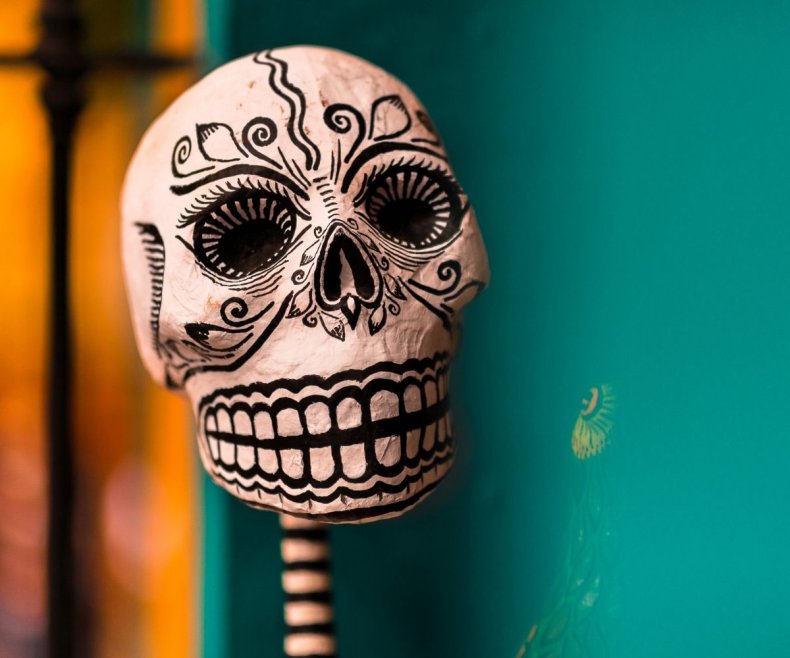What Is A Sugar Skull? The History Behind the Day of the Dead Tradition
The Day of the Dead, or Día de los Muertos, takes place on November 2, for the Catholic festival of All Souls' Day. The festival commemorates the dead, and calls on Roman Catholics to pray for those who have died.
In Mexico, the Day of the Dead is a festival which spans even further than just All Souls' Day, also including All Hallow's Eve and All Saints' Day.
There are many traditions observed on the Day of the Dead, and the skull is known as a very important emblem of the holiday.
Part of that is the calavera, or the sugar skull, which has various forms as a decorative item or even a tasty treat.
What Is A Sugar Skull?
As part of the Day of the Dead festivities, people may make skulls, either a decorative one or an edible one. The sugar skulls are often made of cane, and are highly decorated and given as gifts.
People also make clay skulls, which are then decorated and can be given as gifts for one's home.
The word calavera literally translates as skull, so is also used to discuss other aspects of the festivities.
One example of this is the world of José Guadalupe Posada, a 20th-century cartoonist who drew a famous skeletal image called La Calavera Catrina.
The image of Catrina wearing a feathery hat with a skull has now become an iconic image of the festival.
As a result of the influence of the skull, many people paint their faces in a similar fashion, and may take part in a wide range of activities such as parades and parties.
According to the History channel, wearing skull masks, or painting pens face, and eating sugar skulls is very much part of the modern Day of the Dead celebrations.
How Did The Day of the Dead Start?
The Day of the Dead is believed to have originated in Mexico thousands of years ago.
It began as rituals honoring those who have died in ancient Mesoamerica, which later became linked to the Catholic festival of All Souls' Day.
The Day of the Dead, as a result, turned into people leaving gifts and food on the graves of their loved ones who have passed. This, in part, came from a Spanish tradition of decorating graves and offering pan de ánimas, which translates as spirit bread.
As with many festivals, the exact origins are hard to place, but have been influenced by various aspects of spiritual and cultural heritage.


